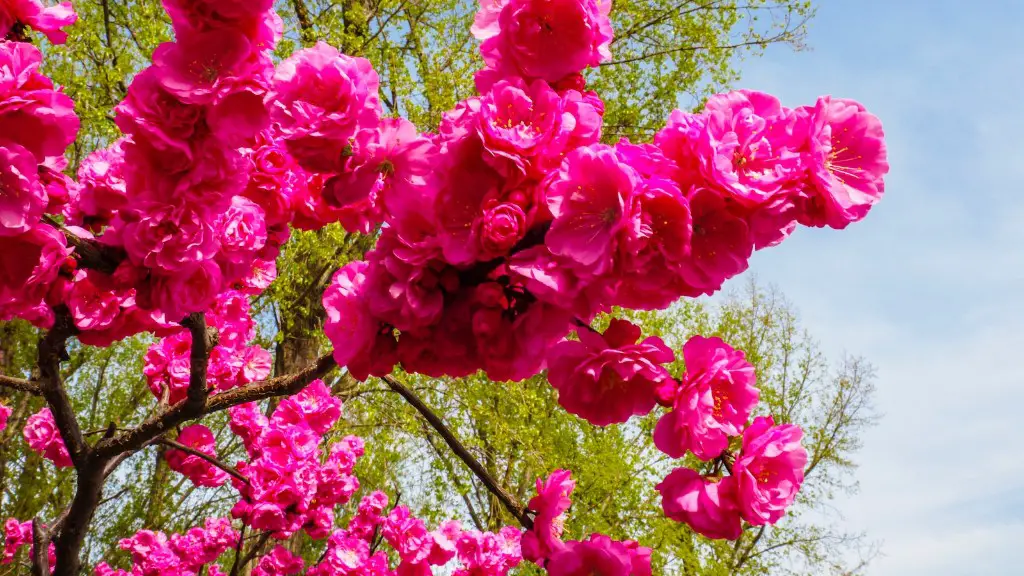When deciding on how big a pot for your lemon tree, there are several factors to consider. Firstly, you need to decide if you want a permanent pot that can be used year-round, or if you will be transferring the tree each season. Secondly, the tree’s size and root structure need to be taken into account to determine the pot’s ideal diameter and depth. Thirdly, pot material is a major factor in the longevity and care of your lemon tree. Fourthly, the level of drainage and aeration in the pot must be calculated in order to protect a healthy root system. Fifthly, the weight of the pot should be factored in as to avoid risk of toppling. Lastly, the health of the plant should always be taken into consideration, as this will determine the size of pot it will need to thrive over time.
Material
Pot material plays an important role in the longevity and care of your lemon tree. Terracotta is a more cost-effective option, which is naturally porous and usually more lightweight. On the other hand, glazed ceramic pots retain water better, however, they’re also more expensive, heavier and more prone to breakage. Plastic pots are lightweight, and a great option for safety in mind. However, they tend to heat up fast in the sun, drying the soil quicker. Hence, it’s important to weigh your options when deciding which material to use.
Size
When it comes to pot size, the general rule of thumb is to get one that’s two or three inches wider than the current planter in which the tree is growing. The pot should also be deep enough so that the tree’s roots don’t crowd. If your tree is bigger, then you’ll want an even larger one. It would also be helpful to measure the diameter of the tree’s rootball to get an idea of the minimum size for its new home. It’s important to remember though, that the bigger the pot the heavier it will be.
Drainage and Aeration
In order for a healthy root system to develop, the pot must provide adequate air circulation to the roots. It’s also important for there to be good drainage. To ensure both, an ideal pot would have one or more drainage holes at the bottom, as well as multiple levels of aeration to ensure the roots get enough oxygen. In general, the smaller the pot, the more important ventilation will be. A pot should always be equipped with at least two drainage holes. If you decide on a plastic pot, adding a layer or two of gravel or stones on the bottom will help aeration and drainage.
Weight
The heavier the pot the more secure it will be, but at the same time, it will be more cumbersome to move around. Here, size really matters. If you decide on a bigger pot, it’ll be harder to keep in place during windy days. Larger pots are also heavier and so, when it comes to moving them, it’s better to use a holder or a trolley cart. If you’re looking to move them frequently, plastic pots or lightweight metal ones are your best bet.
Permanent Pot
If you plan on leaving your lemon tree in the same pot year-round, you’ll need one that can stand the test of time. Durable materials like terracotta or glazed ceramic are a better choice for longer life. Furthermore, you’ll want one with multiple layers for better aeration and drainage. A terracotta pot is also less likely to topple over with the weight of the plant and soil. Nevertheless, make sure to pick one that is slightly larger in size as lemon trees tend to spread over time.
Seasonal Pot
If you’re looking for a pot that’s used seasonally, then you may want to look into getting one made of plastic. Since lemon trees are quite winter hardy, they can last outside during cooler months and don’t necessarily need to be moved. However, a smaller portable plastic pot is a great option to transfer the tree indoors during extreme weather. Be sure to check the material’s UV ray resistance as lemon tree can be susceptible to sunburn in hot climates.
Health of Plant
When considering how big a pot for your lemon tree should be, the health of your plant always needs to be taken into account. If the plant is root bound, it will need a new pot to ensure an accessible root ball that can stretch freely. Additionally, if a lemon tree is not pruned on a regular basis and its root ball becomes too dry, then it would require more space and lots more aeration for the roots. Similarly, if the tree is looking for nutrients, it would need more room to stretch its Roots in order to search for the minerals.


